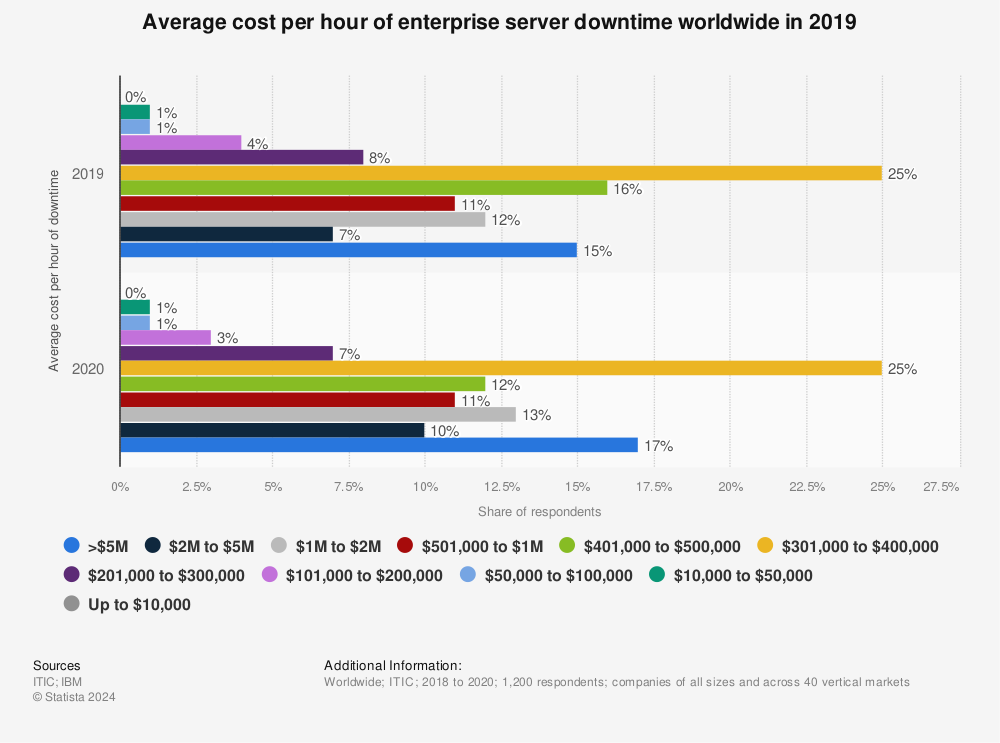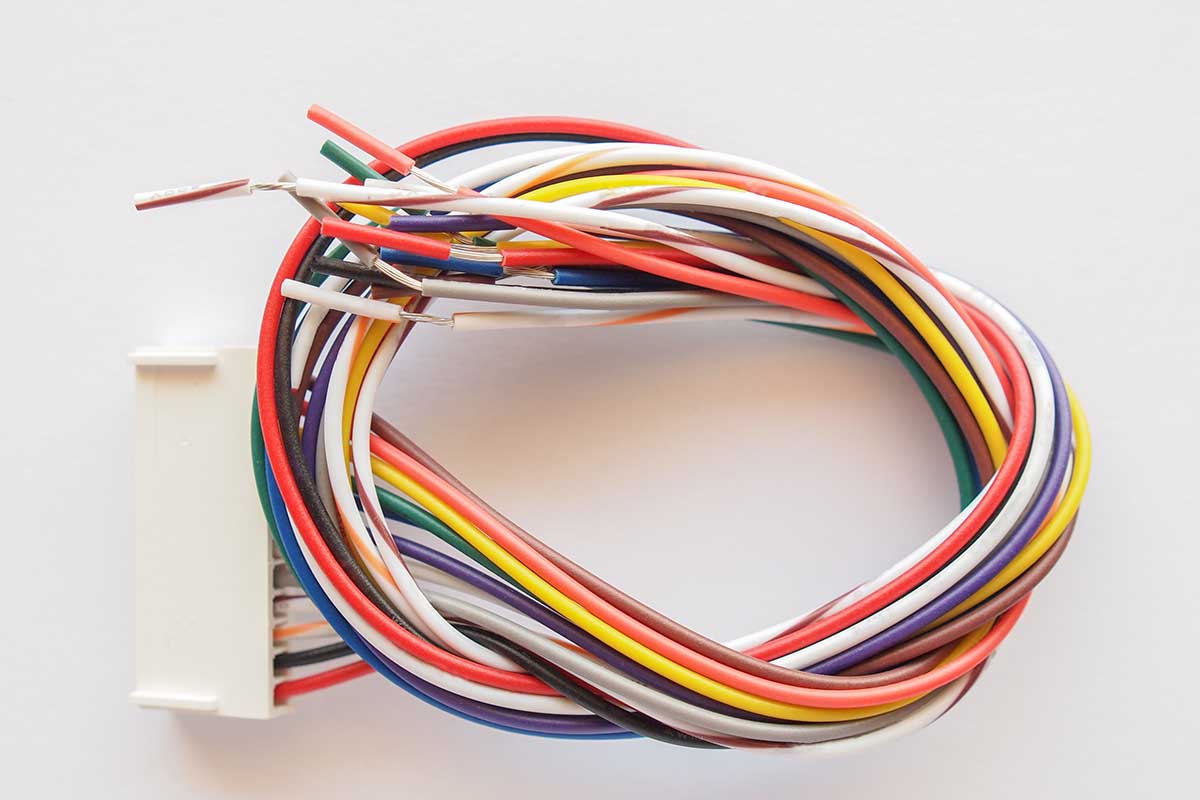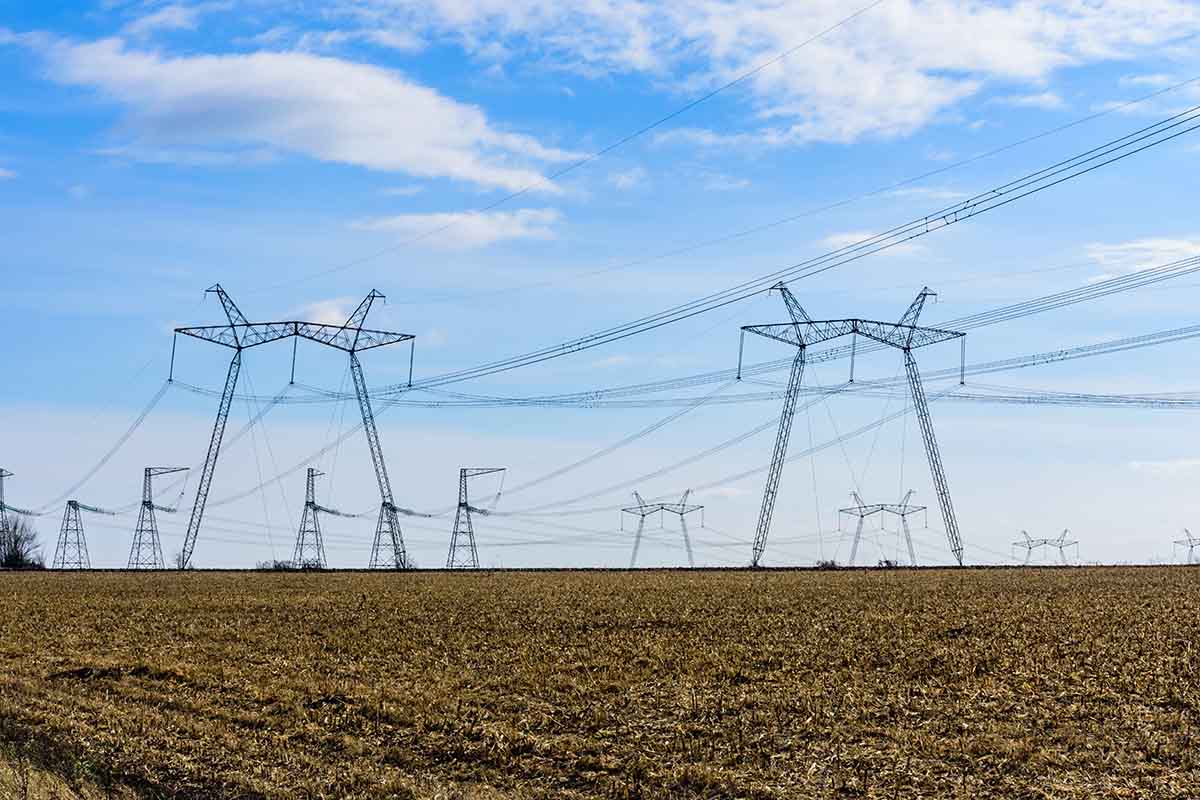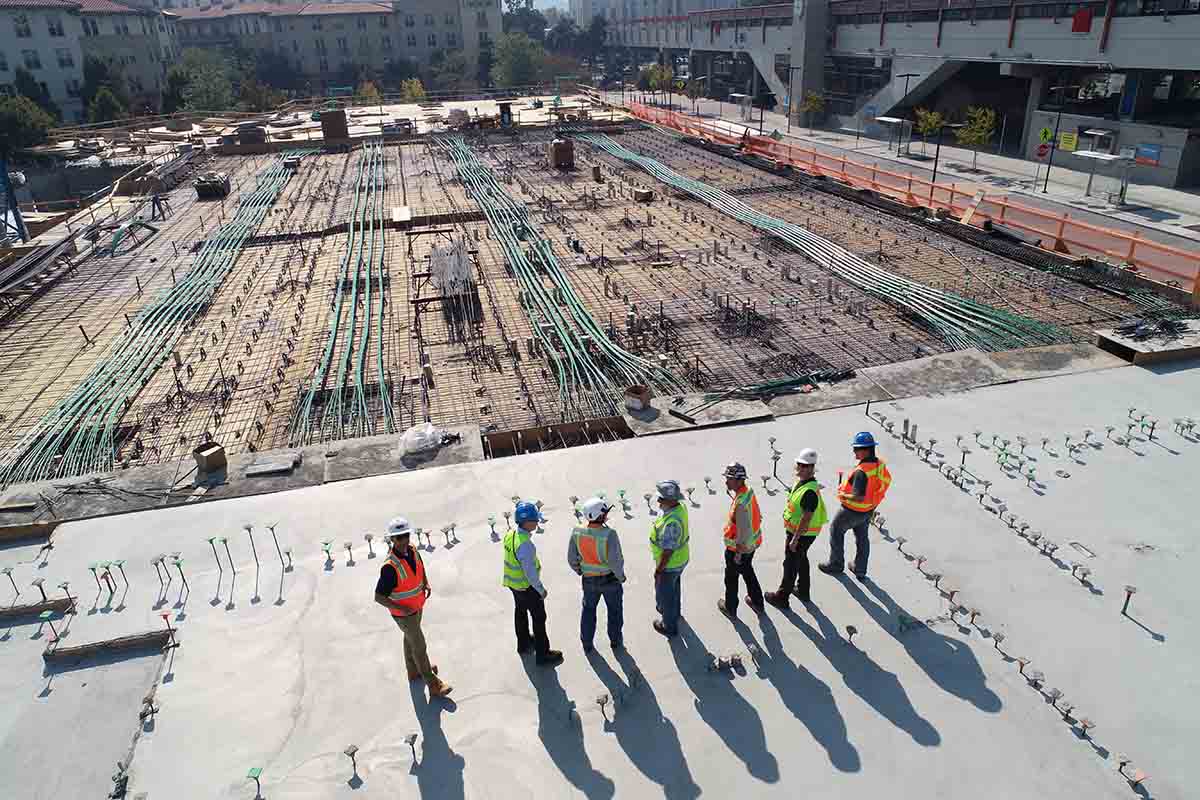Components of Structured Cabling That You Should Know About
We are so used to instant communication and network connection in our modern world that we rarely think about how these things work. That is, until they stop working correctly. Network outages during business hours are not just incredibly frustrating but also quite costly. Just one hour of downtime costs most businesses up to $400,000 in lost profits and system repairs.
In a well-organized data center, a variety of components come together to ensure efficient connectivity, from patch panels and racks to Ethernet cables and switches – and you might even find specialized tools like a ditch witch found here to assist in laying the groundwork for the cabling infrastructure.

Find more statistics at Statista
But there is a valid solution to help organizations avoid this problem and that is structured cabling services This creates an internal infrastructure with standardized components supporting communication cables throughout the entire building. Having this type of network in place ensures a more predictable performance that can be easily be expanded as needed.
There are numerous benefits to using a structured cabling system apart from just improved connectivity. This architecture also improves network cybersecurity and supports better internal and external communication. Further, since the system is standardized across organizations, it can easily be repaired and extended.
The structured cable installation is to build a network support system. Regardless of the size of the network, there are necessary components that create this structure. A standard system is comprised of 6 key components that provide the framework which can easily be repeated, expanded, and implemented.
Let’s dive in:
Entrance Facility
The first important component required to create a structured cabling system is the entrance facility (or facilities), abbreviated as EF. This will be the entrance where local service carriers and network providers can access the room containing the cabling devices.
The entrance facility accommodates the connection point from the outdoor cables to the internal cabling network system. This is the exact point where the wiring from your telecom provider ends and your own network cabling beings.
Equipment Room
Next is the equipment room, which is the designated space where all of the equipment and consolidation points are stored. This includes:
- Network connection points
- House network switches
- Servers
- Patch panels
- Equipment racks
- Hardware connectors
- Power supplies
- Protection Devices
This is where all control panels should be accessible for troubleshooting and maintenance. To keep everything running correctly, this room requires environmental controls to regulate the temperature and humidity levels. Adding in server racks can be useful here, as this helps to facilitate airflow. But additional control systems may need to be installed as high temperatures can lead to system shutdowns.
Backbone or Riser Cabling
Backbone or riser cabling involves the physical cables that connect the entrance facility to the equipment room(s) and each carrier space. These cables may be UTP (unshielded twisted pair), STP (shielded twisted pair), Coaxial, or Fiber-Optic, depending on the network requirements for the organization.
Backbone cabling runs vertically, connecting various floors to the main equipment rooms. These are required to meet specific TIA (Telecommunications Industry Association) standards for safety reasons. There are multiple cabling pathways used to direct and protect the cabling throughout a building. The most common pathway accommodations are:
- Conduits – Plastic or metal pipes that cables can be threaded through.
- Cable trays – Open-wire trays which help to organize several horizontal wires.
- Raceways – Plastic, metal, or rubber coverings used to disguise surface-mounted cables.
- Fiber-Troughs – Protective covering for fiber-optic cables.
Telecommunications Room and Enclosure
The telecommunications room (TR) or enclosure (TE) is another room that serves as the termination point for the backbone cabling system. This also houses fiber jumpers or patch cords, which is a protective payer that connects the terminal box to an optical transmitter or receiver on a fiber-optic cable.
There will need to be at least one TR on each floor of the building. This may be a very small area, but it will also require temperature regulations to prevent the cables from overheating.
Horizontal Cabling
To connect all of the telecom resources on a floor throughout the work area, horizontal cabling is required. These will run from the device to the neared TR on the floor, with a maximum length of 295 feet.
Horizontal cabling is most commonly made of UTP, but it can also be made from multimode optical fiber cabling or single-mode optical fiber cabling.
Work Area
The final component of a structured network cabling system is the work area (WA). This is the connection point, such as a jack or wall outlet, where the user device can be joined to the network system. This includes laptops, desktop computers, and Wi-Fi-enabled devices like printers and telecommunication tools.
Components of Structured Cabling: The Wrap Up
Structured cabling systems can make connectivity issues, network security concerns, and telecommunication delays a thing of the past. Installing a structured network cabling system can be incredibly beneficial for many organizations, particularly when network outages have been an issue in the past.
However, incorporating all of these components requires a high level of expertise. Be sure to hire a reputable structured cabling service like 2krew.com to handle the job so that each of these components is installed correctly.




















